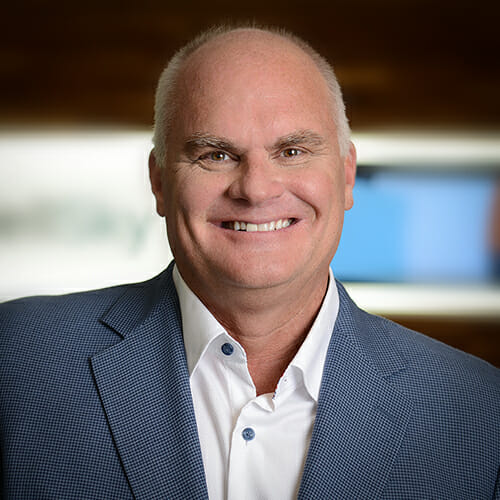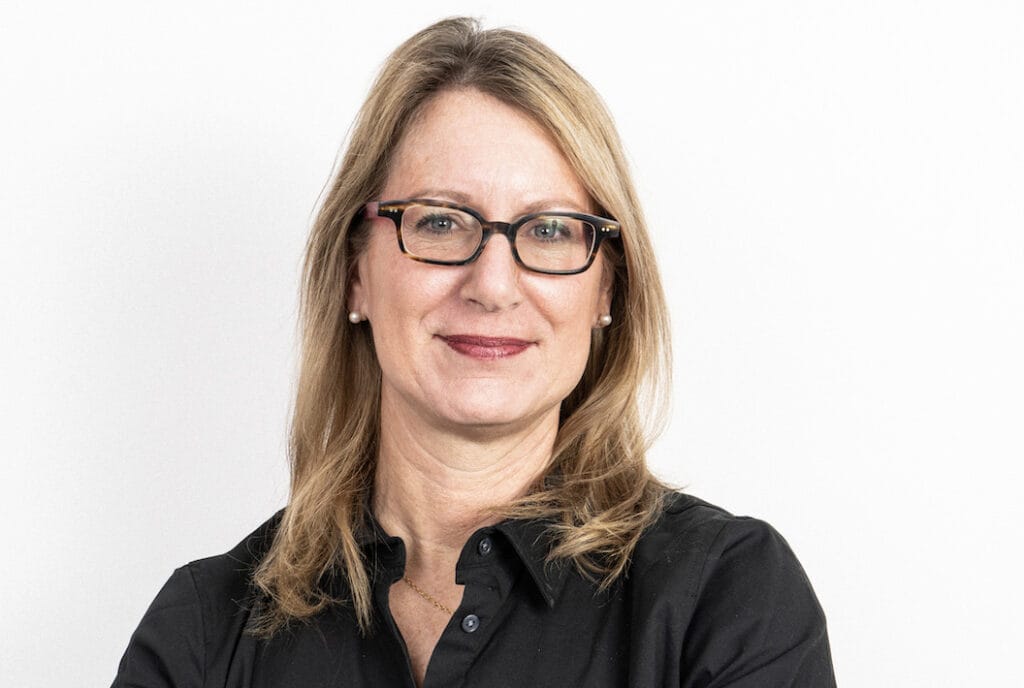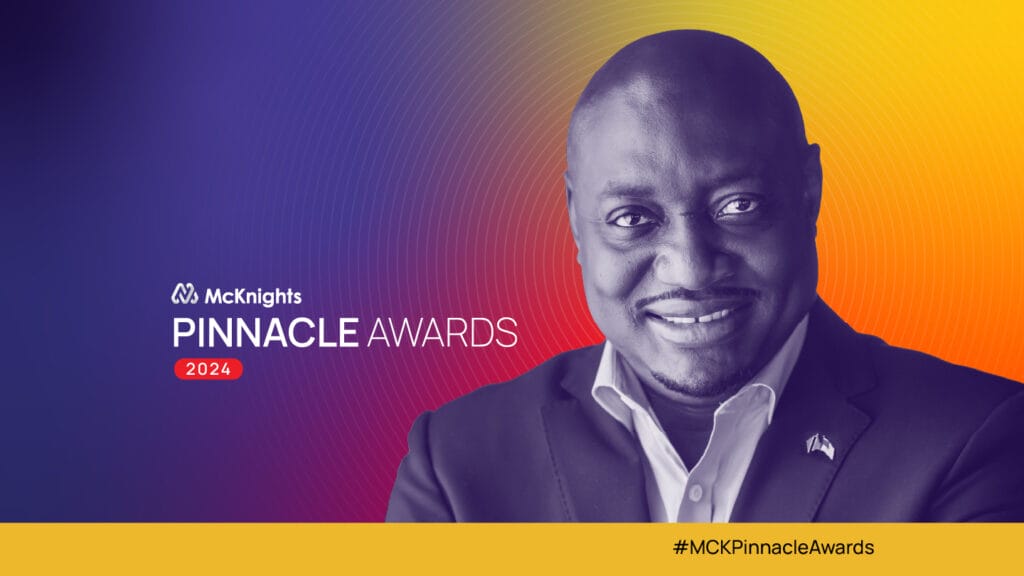
If 2020 has taught the U.S. healthcare system anything, it’s that we need to be ready for change. That’s certainly easier said than done. But by staying agile and keeping a close eye on industry trends, it can be done. In fact, we’ve witnessed healthcare providers successfully pivot to embrace telehealth solutions, home-based care models, and new ways to address the social determinants of health (SDOH) amid the pandemic.
Increasingly, payers, health systems and other care stakeholders are recognizing the value of in-home care. That’s particularly important as the U.S. senior population (people 65 and over) is expected to grow by 36 million in the next 10 years. I’ve worked in healthcare for over 20 years, and for the most part, this industry has evolved slowly. That changed quickly last year.
The current health crisis has spurred rapid changes that can ultimately help people receive care that meets them where they are, which, especially now, is in the home. These changes will drive increased innovation and lasting improvements to the way we approach healthcare in this country.
In the near term, here are three trends I’m watching this year that, ideally, we’ll see become the norm across our industry:
- Leveraging care coordination technology and networks
We know that through effective care coordination, healthcare stakeholders can facilitate efficient patient care transitions between acute and post-acute settings — driving better outcomes for patients and powering provider success in value-based care arrangements. Home care providers are in a unique position to adopt care coordination technology and further ease changes in care settings across their patients’ journeys. For example, a home care provider can leverage technology that delivers insights into patient condition changes, more easily access past medical history, and use data to track their performance and patient outcomes. Improving outcomes is central to our shared mission of empowering quality care — and care coordination is an essential element of achieving that mission. - Harnessing data analytics technology and intelligent, interoperable solutions
There’s tremendous potential in pairing predictive data analytics technology with interoperable technology. These two types of solutions both address the continued need for more informed, intelligent care delivery. With data analytics and tools that connect care, stakeholders can demonstrate measurably improved care quality and drive better patient outcomes. These capabilities also directly support provider and payer success under value-based care models.
There are several ways that data analytics and care coordination technology can support high-quality patient care. Providers can leverage data-driven insights to:
-Assess care setting suitability
-Optimize patient plans of care
-Manage visit utilization
-Demonstrate quality to drive referrals and long-term growth
-Manage hospitalization risk
-Construct and track real-time performance-based care agreements with payers
-Reduce variation in cost and quality of care
Through predictive analytics and care coordination technology working in concert, providers and payers alike can leverage meaningful data to streamline care transitions — to ultimately ensure their patients receive the right care, at the right time, in the right care setting. And oftentimes, the most appropriate and cost-effective care setting is the home.
- Incorporating the social determinants of health to drive whole-person care
More people and healthcare institutions are recognizing how socioeconomic factors can influence a person’s overall health and wellbeing. We’re clearly seeing this link amid the ongoing COVID-19 pandemic, as the most vulnerable populations continue to be disproportionately affected. We know that seniors are especially vulnerable not just to COVID-19 itself, but also to the related socioeconomic factors that can negatively impact their health
Even before the pandemic, seniors were already facing increased risk and rates of social isolation and hunger. Now the prevalence and need for social and physical distancing is making those challenges even more extreme for seniors and other people who need additional support to live happy, healthy lives. Limited social interactions and new safety precautions are changing the way seniors receive vital services. Addressing SDOH isn’t just a nice-to-have — it’s essential.
Anyone in this industry knows that healthcare is evolving at a faster clip than we’ve ever seen. I expect these three trends to have staying power in the long run. We can all help shape a better future for healthcare by increasing connectivity, using data to deliver intelligent care, and understanding each patient’s unique set of social factors. At the end of the day, this kind of change is good for all of us.
Bill Miller is CEO of WellSky, which delivers software and services to transform an ever-growing range of care services worldwide, including home care.
This article originally appeared on McKnight's Senior Living



